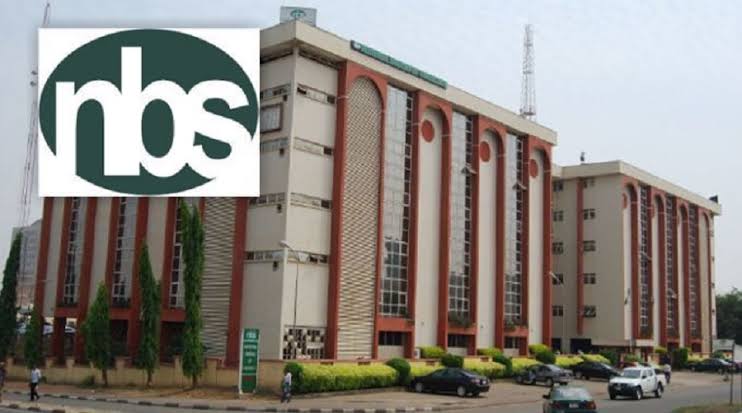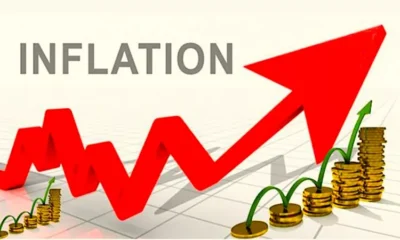The Nation
Nigeria’s unemployment rate drops to 4.3% in Q2 2024: NBS

Nigeria’s unemployment rate declined to 4.3% in the second quarter of 2024, marking a significant improvement from 5.3% in the previous quarter, according to a report released by the National Bureau of Statistics (NBS) on Monday.
This marks a steady recovery from the 5.0% recorded in Q3 2023, indicating healthier labour market conditions.
The Labour Force Participation Rate rose to 79.5% from 77.3% in Q1 2024, showing an increase in workforce engagement. Similarly, the Employment-to-Population Ratio climbed to 76.1%, up from 73.2%, signifying a higher proportion of the working-age population securing gainful employment.
Self-employment dominated the job market, accounting for 85.6% of total employment, an increase from 84% in the preceding quarter. Informal employment also rose to 93.0%, underlining the economy’s dependence on informal job sectors.
Urban unemployment dropped to 5.2%, down from 6.0%, while rural unemployment fell sharply to 2.8% from 4.3%. This reflects the continued role of agriculture and informal sectors in rural job creation, contrasting with urban reliance on formal employment.
Youth unemployment (ages 15–24) recorded a notable decline to 6.5% from 8.4% in Q1 2024. However, the report highlighted gender disparities, with female unemployment at 5.1% compared to 3.4% for males, calling for gender-sensitive policies to bridge the gap.
The NBS report signals a positive trajectory in Nigeria’s labour market, driven by increased participation and employment rates.
The report read, “The unemployment rate is defined as the share of the labour force not employed but actively searching for and available for work.
“Unemployment is one of the components of labour underutilisation. The unemployment rate for Q2 2024 was 4.3 per cent, showing an increase of 0.1 percentage point compared to the same period last year.
“The unemployment rate among males was 3.4 per cent and 5.1 per cent among females.
“By place of residence, the unemployment rate was 5.2 per cent in urban areas and 2.8 per cent in rural areas. Youth unemployment rate was 6.5 per cent in Q2 2024, showing a decrease from 8.4 per cent in Q1 2024.”
Time-related underemployment, which measures workers seeking additional hours, dropped to 9.2 per cent in Q2 2024 from 10.6 per cent in Q1.
Labour underutilisation metrics also improved, with LU2 (unemployment and time-related underemployment) decreasing to 13.0 per cent from 15.3 per cent in the previous quarter.
LU3 and LU4 metrics, which include potential labour force participation, also recorded declines to 5.9 per cent and 14.5 per cent, respectively.






























